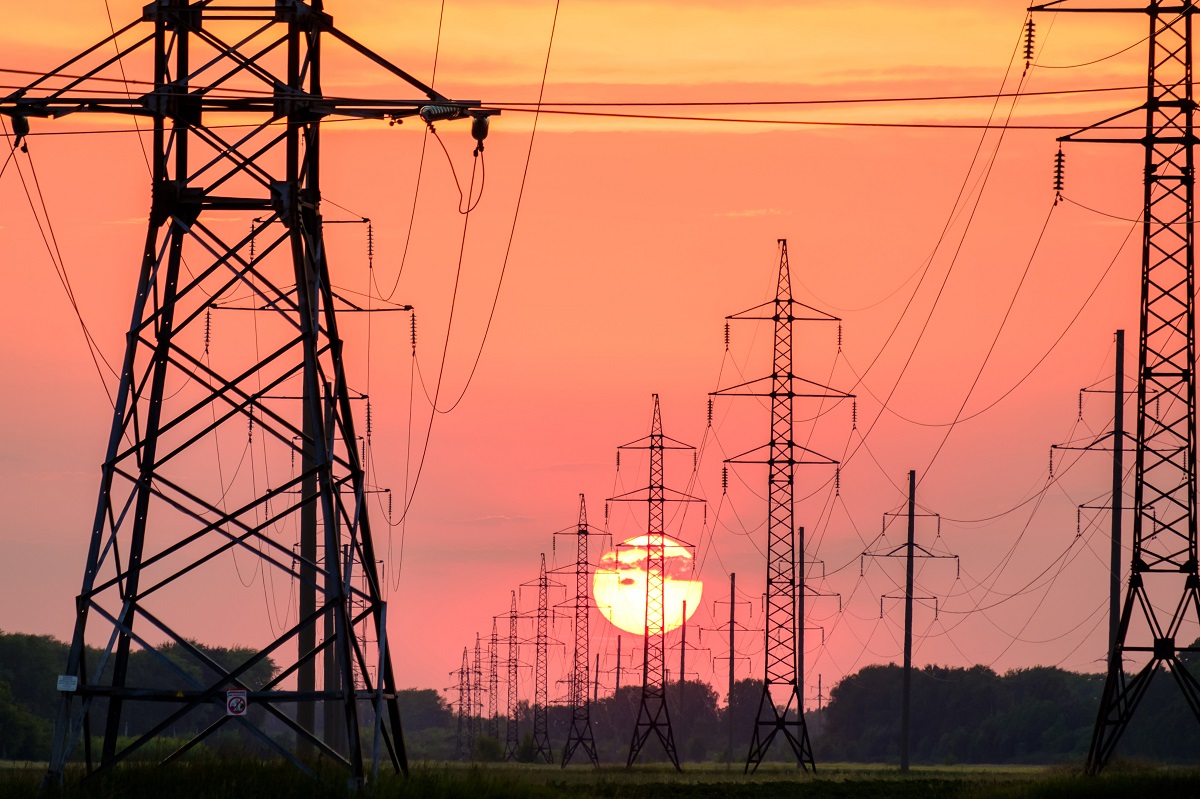The global energy markets are in chaos once again, and this is not the first time. In 2021, the price of natural gas sold on international markets has been more than doubled. Many energy companies have gone bankrupt as a result of their actions, and home costs throughout Europe skyrocketed as a result.
Some of the factors contributing to sky-high energy costs are inevitable — for example, most governments have limited control over the wholesale price of natural gas itself, says prof. Michael Grubb for theconversation.com.
Regions with no domestic gas sources or regions that have exhausted most of their domestic gas reserves in recent decades rely on imports for a significant portion of their gas needs.
This has a greater impact on energy bills in the United Kingdom and other European nations where electricity is structured via wholesale markets (in which generators bid to run if the price is correct) and where gas is used to heat the majority of households.
In light of this, why is it that a gas price constraint is being felt just as strongly in electricity bills? After all, gas provides less than half of all power generated in the world – less than 40% in the United Kingdom and only around 20% in the European Union.
Renewable energy sources account for more than a quarter of total electricity generation in the United Kingdom, with nuclear and imports accounting for another quarter. Over the last decade, the cost of producing electricity from renewable sources such as wind and solar has plummeted throughout the world, decreasing by more than 40% for onshore wind and much more for solar and offshore wind.
It has not been possible for the architecture of power networks to keep up with the revolution in renewable energy. Many nations have developed competitive energy markets to attempt to keep prices as low as possible. However, these markets are actually seeing the highest rate of price increases. This is not due to the fact that governments in other countries utilize taxes to subsidize power (although some do), but rather due to the fact that in wholesale electricity markets, the price is determined by the most costly generator.
Given that renewables and nuclear power will always be available when they are feasible, it is fossil fuels – and at the moment, unambiguously gas, as well as the costs of carbon pollution taxes – that set the price almost all of the time. This is because some gas plants are required almost all of the time and will not operate unless the electricity price is high enough to cover their operating costs. It’s analogous to having to pay the peak-period fare for every rail travel you take during that time period.
If renewables are now much less expensive, why can’t people purchase power directly from them, so avoid the expenses of gas and carbon?
When it comes to renewable energy sources, which cost a lot to create but significantly less to operate than fossil fuels, the energy markets aren’t set up to handle them properly. In exchange for the production of renewable energy by generators, governments give long-term, fixed-price contracts to these companies. This has been the most significant driver of investment, while competitive auctions of these contracts to businesses eager to develop renewables have resulted in the greatest significant reduction in construction costs.
Households and other small customers, on the other hand, can seldom purchase fixed-price contracts more than a year or two in advance, due to the uncertainty surrounding wholesale pricing, as well as the government’s encouragement of competitive switching between providers. It is supplied into the remainder of the system, which compensates for the fluctuating output from renewables by producing more or less power from traditional sources as needed.
What would the power markets look like if they were designed specifically for renewable energy? In a study on electricity costs led by prof. Grubb, it is suggested a green power pool that would combine long-term contracts with renewable energy providers and sell the power back to the grid. The price would be determined mostly by the actual investment costs of generators, rather than by the wholesale markets for natural gas.
During times when there isn’t enough renewable energy being produced or stored – such as during cold and quiet winter days – the green power pool would purchase electricity from the wholesale market for limited periods of time and in restricted amounts. Customers who can use energy outside of peak hours, or those who have two-way electric car connections and can sell power back to the grid, might be offered discounts in order to reduce those costs (and emissions) via contractual arrangements.

